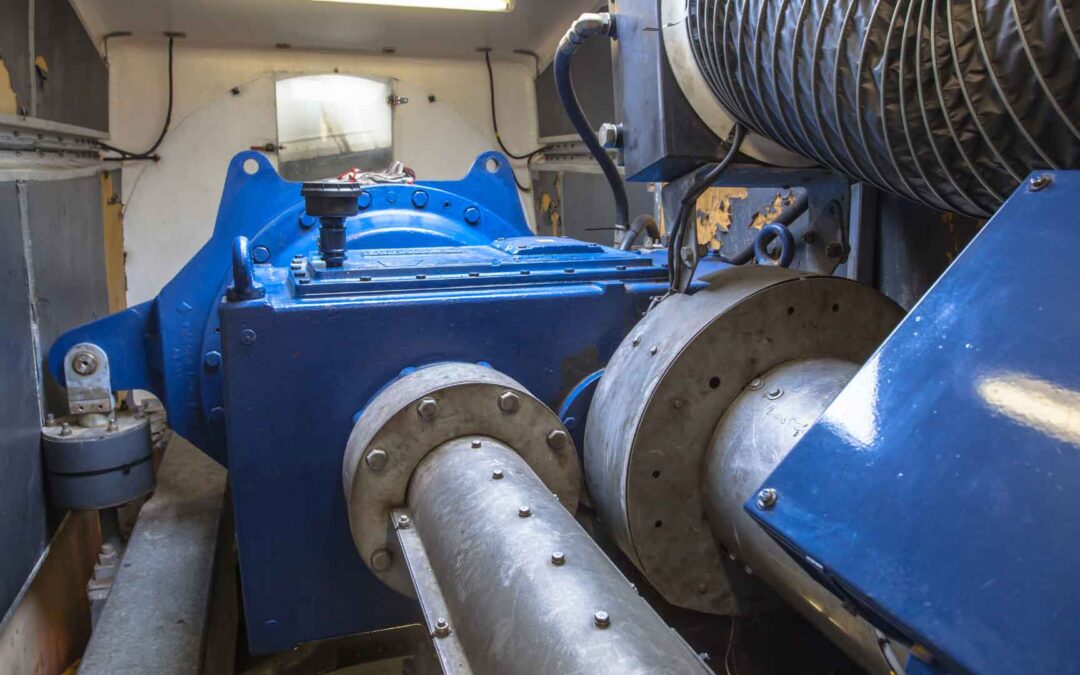The Basic Technical Training (BTT) standard demonstrates GWO’s commitment to workplace safety through standardized training in the areas of mechanics, electricity, hydraulics, and wind turbine installation.
Why is technical training necessary?
Wind turbines are very complex machines. When working on them, technicians are in contact with mechanical, electrical, and hydraulic components.
This standard is designed so that a worker can acquire the basic knowledge, skills, and abilities to operate these elements under supervision in the most effective and efficient manner possible.
In addition to offering a unified and recognized technical training in the industry, the BTT standard serves to complement the training of other GWO modules. Its main objective is to protect the safety of workers by training them in the operation of technical components and emphasizing their potential risks and how to mitigate them.
What modules are included in BTT?
Originally, the BTT standard consisted of three modules: Mechanics, Electricity, and Hydraulics. Each of these modules offers a theoretical introduction, as well as an explanation of associated risks and hazards. Next, each module focuses on its own specific elements.
The BTT Mechanics module first covers the main mechanical components and systems necessary for the operation of a wind turbine, including:
-
- Bolted and welded connections
- Gearbox
- Braking system
- Yaw system
- Cooling system
- Lubrication system
Then, it shows the operation and inspection of these elements. Finally, this module aims to develop the skills necessary to use measurement, adjustment, torque, and tension tools.
The BTT Electricity module explains the function and symbols of electrical components and sensors. It also shows how to interpret these symbols on an electrical diagram to be able to assemble a circuit. It also teaches how to take measurements correctly.
The BTT Hydraulics module begins by developing the function of components such as:
-
- Pumps
- Actuators
- Accumulators
- Different types of valves and sensors
It also includes their symbols to be able to identify them on a hydraulic diagram. Finally, it covers procedures for handling oils and the proper way to measure hydraulic pressure.
The Installation Module
After the first versions of the BTT standard, GWO added a new module: the BTT Installation module.
This module requires the completion of the Mechanics module as a prerequisite, as it is the module that complements it the most. However, GWO presents it as an independent module. That is, it is up to the training provider to offer it or not to supplement the three key BTT modules.
The BTT Installation module begins, like the other modules in this standard, with an explanation of the risks and hazards associated with the installation environment. It then explains the different steps in the installation process:
-
- the checklist.
- the characteristics of the environment.
- standards for handling, storing, and preparing goods and components.
- mechanical, electrical, and hydraulic terminations.
- handover to commissioning.
Why get a BTT accreditation?
Together, these four modules provide the basic technical training necessary to make working on wind turbines safer and more effective.
This training does not require any previous knowledge in the areas taught. Nevertheless, it can benefit workers who already have some experience, especially if they want to apply their technical training to work on wind turbines.
The validity of this accreditation is permanent and does not require periodic recertification.
Would you like to obtain BTT accreditation? Contact us through our web form to find out about our upcoming call.
